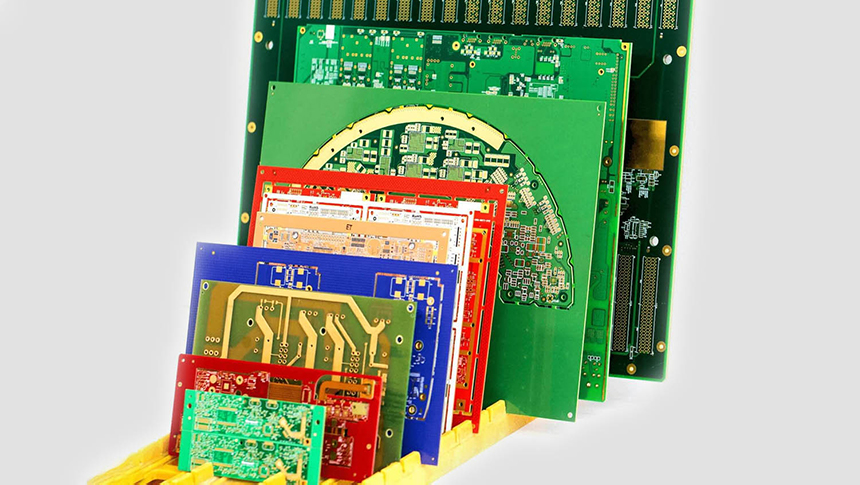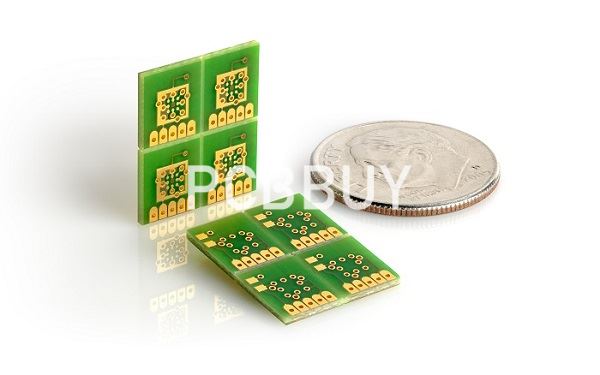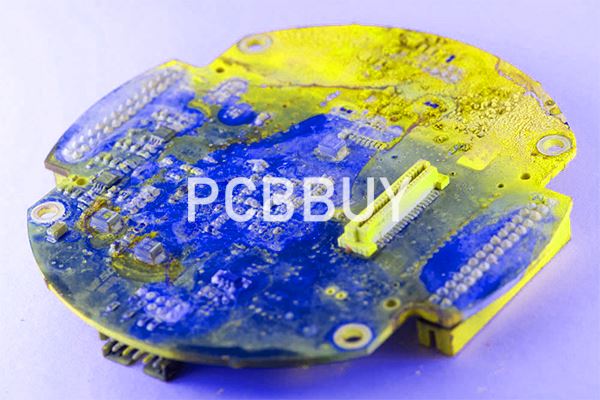How to Find PCB Short Circuit through 5 Effective Tips?
By:PCBBUY 11/30/2021 09:22

How do you know if you have short circuits on a PCB? Depending on where it may be shorted, you may have various symptoms. For example, you might have a sudden ‘pop’ followed by arcing and a broken trace when you power on the PCB. Such dramatic signs often point to short circuits occurring on power traces.
Are you going to know the methods to find the short circuit in a PCB? If you are searching for the information about short circuit in a PCB, please check and read the content in this passage for more professional knowledge.

What are the causes of PCB short circuit?
You’ll want to take every precaution to prevent short circuits on your PCB, and this means getting down to the root causes. Some short circuits are created during manufacturing or assembly. When a thin line of copper remains during fabrication, then a hairline short will be formed.
Short circuits may also happen during reflow soldering. The solder paste may accidentally connect two pins that are very close to each other. In some cases, mistakes are made during PCB design where traces between different nets are accidentally connected.
Sometimes, the short doesn’t occur on the PCB but is instead due to faulty components. Removing the faulty component will solve the issue.
While manufacturing and assembly are somewhat beyond your control, you can reduce short circuits resulting from design mistakes by using the right PCB design and analysis software. Use OrCAD PCB Designer and its DRC feature to detect short circuits in your nets before finalizing the design.
How to check the PCB short circuit?
1. Visual Inspection
Assuming you're past the breadboard design stage and there isn't a built in circuit breaker, the first step for locating short circuits on PCB is to carefully look at the entire surface of the PCB. If you have one available, use a magnifying glass or low magnification microscope during the circuit board examination. Starting at the power supply and working forward, look for tin whiskers between pads or solder joints. Any cracks or blobs of solder should get careful attention. Check all your vias. If you specified unplated vias, make sure that’s the case on the board. Poorly plated vias can create a short circuit between layers and leave you with everything tied to ground, VCC, or both.
2. Infrared Imaging
If you’re not at a startup that just blew its hardware budget, you might be lucky enough to have access to an infrared camera. Using an infrared camera can help you locate areas where a large amount of heat is being generated. If you are not seeing a hot spot away from your active components, then you might have a PCB short circuit, even if the short is between internal layers.

3. Look for Signs of Burnt Components
A short circuit may result in some components getting burnt. A cracked IC, blown capacitor, or the familiar acrid smell of burnt components is all telltale signs that a short circuit is close by. Locate and remove the damaged component and investigate traces connected to it. You’ll either find the fault on the damaged component or the traces linked to it.
4. Probe with a Multimeter
The multimeter will be your best pal in spotting a short circuit. Check for the continuity of different traces that you suspect are shorted. While it doesn’t pinpoint the exact location of the short, it gives you an idea of where to start looking.
5. Use a Thermal Camera
A thermal camera, which uses infrared technology, can be helpful in determining the exact locations of the short. Assuming that you’ve powered up the board, the short circuit may conduct an excessive amount of current and heat up. You can use the thermal camera to pick up the hotspots and then verify it with a visual inspection. However, if the short occurs in the inner layers, manual inspection will be impossible.

How to fix the PCB short circuit?
The short circuit of the fixed short-circuit of the short-circuit improvement of the PCB is mainly due to the scratching of the film line or the blockage of the garbage on the coated screen. The coated anti-plating layer is exposed to copper and causes short circuit of the PCB. The improvement is as follows:
· Films on the film must not have problems such as trachoma, scratches, etc. When placed, the film surface should be facing upwards, and should not be rubbed against other objects. When the film is copied, the film faces the film surface, and the appropriate film is loaded in time. Store in a film bag.
· When the film is facing, face the PCB surface. When taking the film, use both hands to pick up the diagonal. Do not touch other objects to avoid scratching the film surface. Each film must stop the alignment when the plate reaches a certain number. Check or replace it by hand. Put it in a suitable film bag and store it.
Industry Category











